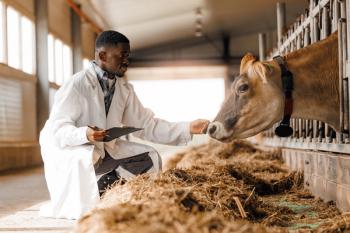
Illicit drug 4: Heroin
zzz
Heroin is a synthetic derivative of morphine that originates from poppy plants. People typically inject it intravenously, but it may be snorted or smoked. Animals, especially dogs, may be used as “pack mules” to illegally transport heroin. In 2006, a group of Labrador puppies was shipped to New York City from Columbia. Prior to shipment, the dogs had bags filled with liquid heroin surgically implanted in their abdomens. Amazingly, very few of the puppies died from heroin poisoning; although, a number did die from infections secondary to non-sterile surgery techniques.
Signs of heroin ingestion in pets include aggressive behavior (especially in dogs), vomiting, salivation, pinpoint pupils, a staggering gait, neurologic depression, unconsciousness, and rarely seizures. Life-threatening respiratory and cardiac depression is common. Respiratory depression and subsequent hypoxia are the leading cause of death.
As with many illegal drugs, the amount needed to cause poisoning in pets is very small, and all exposed animals need to quickly be evaluated by a veterinarian. Thankfully, there’s an effective reversal agent for heroin called naloxone. Many veterinary clinics carry this drug.
Newsletter
From exam room tips to practice management insights, get trusted veterinary news delivered straight to your inbox—subscribe to dvm360.






